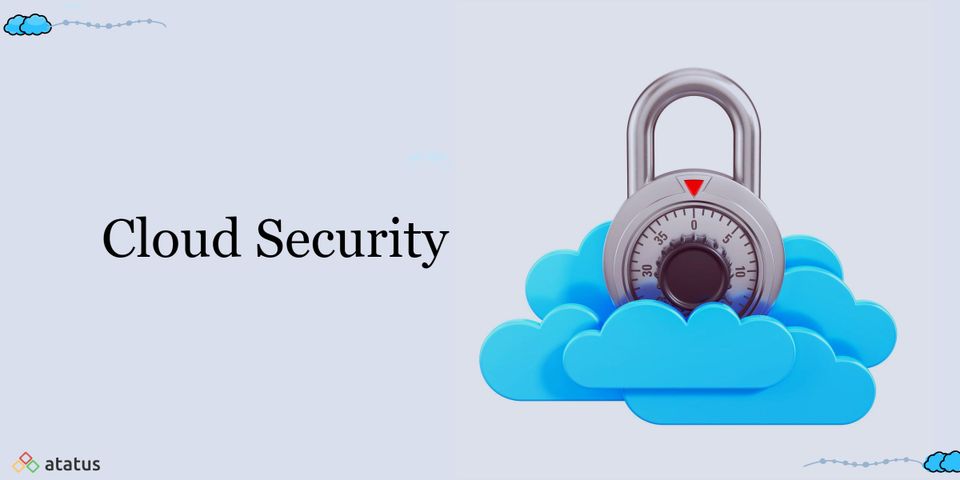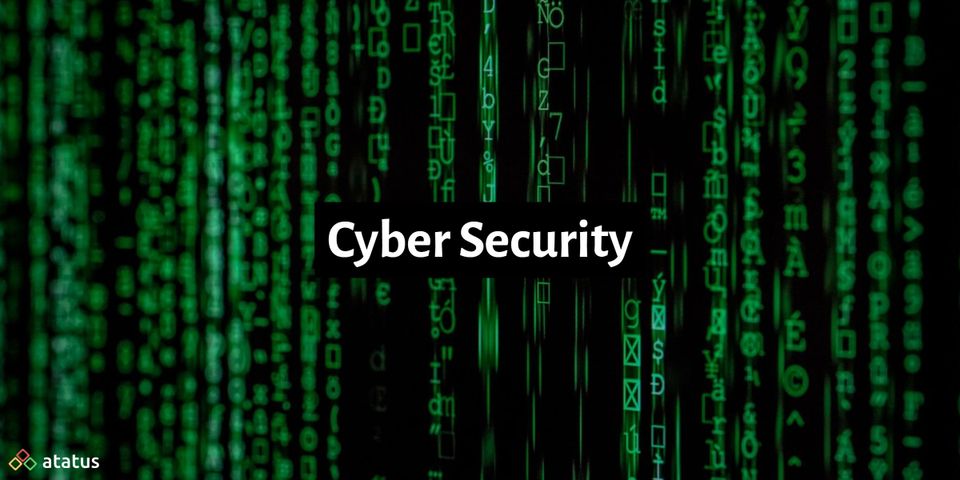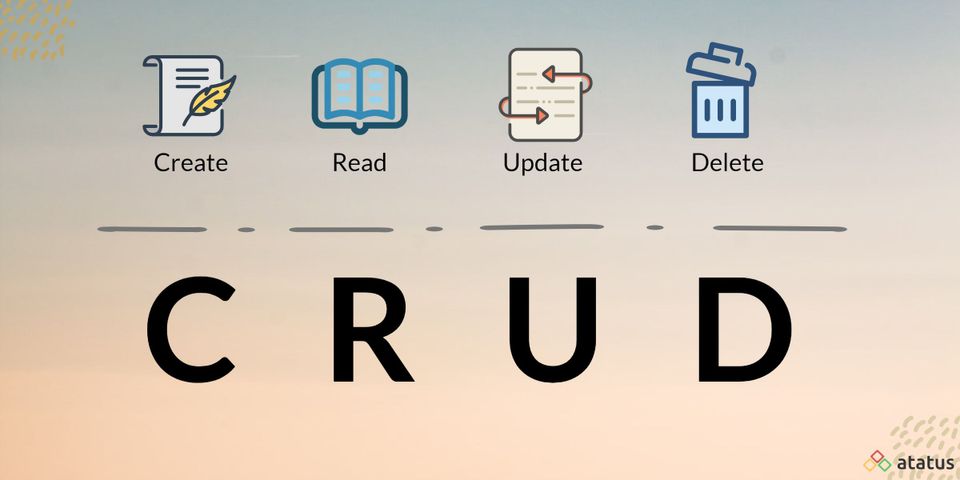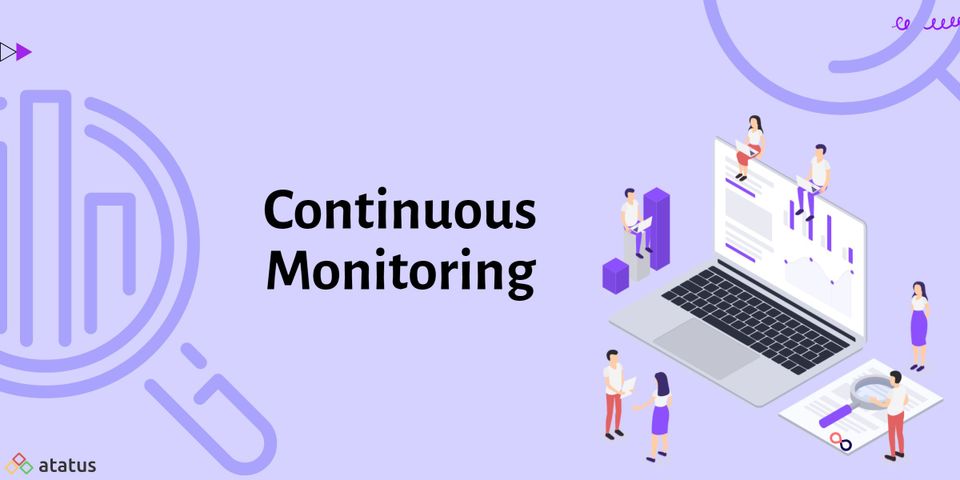As cloud computing grows more common, cloud security is becoming more important to many businesses. Most businesses employ cloud infrastructure or services, whether it's a software as a service (SaaS), platform as a service (PaaS), or infrastructure as a service (IaaS), and each of these deployment types comes with its own set of security concerns.
We will cover the following:
- What is Cloud Security?
- Components of Cloud Security
- How does Cloud Security Work?
- Benefits of Cloud Security
- Why Cloud Security is Important?
What is Cloud Security?
Cloud security refers to the technology and best practices used to safeguard data and information in a cloud environment. It's an important part of any cloud-based IT infrastructure strategy. Data privacy and compliance around data stored in the cloud are ensured by cloud security.
More and more organizations are turning to the cloud for at least some of their IT infrastructure, if not all of it. Private clouds, public clouds, and hybrid clouds that combine private and public cloud platforms, as well as the usage of numerous public clouds in a multi-cloud approach, have all risen in popularity. Because of the distributed and dynamic nature of cloud computing, there are special issues when it comes to data security.
Controls and process improvements that reinforce the system, warn of prospective attackers, and detect events when they happen are all part of cloud security. In the event of a security breach or other disaster, cloud security concerns should also include a business continuity plan and data backup plan. For the public cloud, private cloud, and hybrid cloud, there are a variety of cloud security solutions that use a variety of methods.
Components of Cloud Security
Ownership of these components can vary greatly in cloud computing. This can make it difficult to determine the breadth of a client's security responsibilities. It's crucial to understand how these are frequently categorized because safeguarding the cloud can appear different depending on who has responsibility for each component.
To make things easier, cloud computing components are protected from two angles:
#1 Cloud Service Types
Third-party suppliers sell cloud service types as modules that can be utilized to build a cloud environment. You may handle a varying degree of the components within the service depending on the type of service:
- The core of any third-party cloud service
The supplier is responsible for the physical network, data storage, data servers, and computer virtualization frameworks. The service is hosted on the provider's servers and virtualized via their internal network before being given to clients for remote access. - Software-as-a-Service (SaaS) cloud services
It gives clients access to applications that are only hosted on the provider's servers and run on them. Applications, data, runtime, middleware, and the operating system are all managed by providers. Clients are entirely responsible for obtaining their applications. - Platform-as-a-Service (PaaS) cloud services
It gives clients a place to host their own applications, which are operated in a “sandboxed” environment on provider servers. The runtime, middleware, and operating system are all managed by providers. Clients are in charge of application management, data management, user access, end-user devices, and end-user networks. - Infrastructure-as-a-Service (IaaS) cloud services
Clients can get the hardware and remote connectivity frameworks they need to house the majority of their computation, right down to the operating system. Only basic cloud services are managed by providers. Clients are responsible for securing anything that runs on top of an operating system, including applications, data, runtimes, middleware, and the operating system itself. Clients must also keep track of user access, end-user devices, and end-user networks.
#2 Cloud Environments
They're deployment models in which one or more cloud services combine to form a solution for end-users and businesses. Clients and suppliers are separated in terms of management obligations, including security.
The following cloud environments are currently in use:
- Public Cloud Environments
It is made up of multi-tenant cloud services, which allow a client to share a provider's servers with other clients, such as in an office building or coworking space. These are third-party services that the provider manages to provide clients with web access. - Private Third-party Cloud Environments
It is based on the usage of a cloud service that allows the client to utilize their own cloud exclusively. An external supplier typically owns, manages, and operates these single-tenant setups. - Private In-house Cloud Environments
It's made up of single-tenant cloud service servers, but they're all housed in their own data centre. In this situation, the cloud environment is managed by the company itself, allowing for complete configuration and setup of all elements. - Multi-cloud Environments
It entails combining two or more cloud services from different vendors. Any combination of public and/or private cloud services can be used. - Hybrid Cloud Environments
It entails combining one or more public clouds with a mix of private third-party cloud and/or onsite private cloud data centres.
By looking at it from this angle, we can see how cloud-based security varies depending on the type of cloud area users are operating in. Individual and organizational clients, however, are both affected.
How does Cloud Security Work?
Every cloud security measure aims to achieve one or more of the following goals: enable data recovery in the event of data loss, secure storage and networks from intentional data theft, prevent data breaches due to human mistake or neglect, and minimize the impact of any data or system compromise.
Data security is a part of cloud security that deals with the technological side of threat mitigation. It's one of the most effective instruments on the market. Encryption scrambles your data so that only those with the encryption key can read it. Your data will be effectively unreadable and worthless if it is lost or stolen.
The accessibility privileges granted to user accounts are managed by identity and access management (IAM). Managing user account authentication and authorization is also relevant here. Access controls are critical for preventing users (both legitimate and criminal) from gaining access to sensitive data and systems and compromising them.
Threat prevention, detection, and mitigation policies are the focus of governance. Threat intelligence can assist SMBs and organizations in tracking and prioritizing threats in order to keep critical systems safe.
Technical disaster recovery methods are included in business continuity (BC) and disaster recovery (DR) planning in the event of data loss. Methods for data redundancy, like backups, are essential components of every BC and DR plan.
The goal of legal compliance is to protect user privacy as defined by legislative bodies. Governments have recognized the need of preventing the commercial exploitation of private user information.
Benefits of Cloud Security
Cloud security has a number of advantages, including:
- Reduced Overhead Cost
Cloud security solutions are frequently provided as a service, complete with managed infrastructure. This decreases overheads by converting security licensing and specialized hardware from a capital expense to an operating expense. - Defend against Attacks
One of the main goals of cloud security is to protect businesses from hackers and distributed denial of service (DDoS) attacks. - Data Protection
Sensitive data is also protected by robust cloud security, which includes measures such as encryption to prevent it from falling into the wrong hands. - Increased Accessibility
Many cloud security services provide real-time monitoring and support, which boosts availability while also addressing security concerns. - Enhanced Dependability
Built-in redundancy is included in a deliberate cloud security approach, resulting in a more reliable experience. - Regulatory Compliance
It might be difficult to ensure that a sophisticated cloud architecture complies with industry regulations. By offering security and support, cloud providers assist in ensuring compliance. - Centralized Security
Cloud security solutions handle security for cloud resources, services, and endpoint devices across various clouds from a single location. This gives visibility into cloud infrastructure misconfigurations and security occurrences.
Why Cloud Security is Important?
Since most businesses are currently adopting cloud computing in some way or another, cloud security is crucial. Gartner recently predicted that the global market for public cloud services will expand 17 percent by 2020, with SaaS retaining the largest market segment.
However, as more data and applications are moved to the cloud, IT professionals are concerned about security, governance, and compliance challenges when their content is housed there. They are concerned that extremely sensitive corporate information and intellectual property could be compromised as a result of unintentional leaks or more sophisticated cyber assaults.
Protecting data and business information, such as client orders, confidential design blueprints, and financial records is a critical component of cloud security. Preventing data leaks and theft is crucial for keeping your customers' trust and safeguarding the assets that help you gain a competitive advantage.
Maintaining a good cloud security posture allows businesses to reap the benefits of cloud computing, which include cheaper upfront expenses, lower ongoing operational and administrative costs, ease of scaling, greater reliability, and availability, and a completely new way of working.
Summary
Cloud security refers to the entire set of technology, protocols, and best practices that safeguard cloud computing environments, cloud-based applications, and cloud-based data. Understanding what is being secured as well as the system aspects that must be handled is the first step in securing cloud services.
Monitor Your Entire Application with Atatus
Atatus provides a set of performance measurement tools to monitor and improve the performance of your frontend, backends, logs and infrastructure applications in real-time. Our platform can capture millions of performance data points from your applications, allowing you to quickly resolve issues and ensure digital customer experiences.

Atatus can be beneficial to your business, which provides a comprehensive view of your application, including how it works, where performance bottlenecks exist, which users are most impacted, and which errors break your code for your frontend, backend, and infrastructure.





